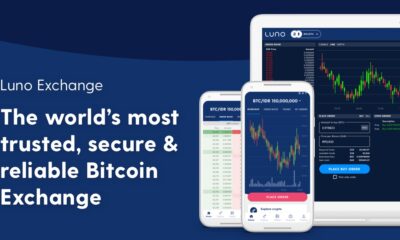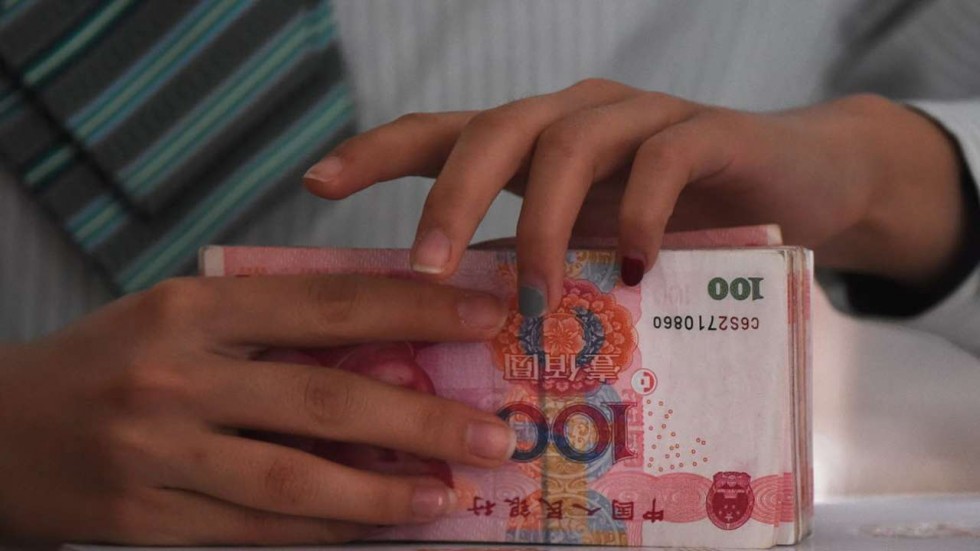The idea of digitization has become a major catalyst for progress on a global scale. Within Africa’s diverse and dynamic continent, this transformation takes on a particularly profound significance, as it can bridge long-standing gaps in financial inclusion and offer a path toward economic empowerment for millions.
Digital currencies are at the vanguard of this change, as these virtual possessions have captured the attention of business leaders, politicians, and dreamers alike.
This article discusses the intersection of digital transformation and cryptocurrencies in Africa, exploring how these innovative technologies shape the continent’s financial landscape and foster greater inclusivity in a traditionally underserved region.
Where Does Financial Inclusion Stand in Africa Today?
Financial inclusion, or the widespread availability and accessibility of financial services, remains a critical challenge across Africa. Despite substantial economic growth and technological advancement in many African nations, a significant portion of the population needs more access to formal banking services. This section delves into the prevailing conditions and challenges surrounding financial inclusion in Africa.
Africa is a vast and diverse continent, encompassing 54 countries with unique economic, cultural, and social characteristics. Some countries have greatly progressed in fostering financial inclusion, while others still face substantial challenges.
Despite these challenges, Africa has hope. The continent has shown a remarkable capacity for innovation and adaptation, and various initiatives are underway to bridge the financial inclusion gap. From the proliferation of mobile banking solutions to the exploration of blockchain technology and cryptocurrencies, Africa is actively seeking ways to harness the power of digital transformation to improve financial inclusion and foster economic growth.
Digital Transformation in Africa
Africa, a continent often associated with untamed wilderness and rich cultural diversity, is undergoing a profound transformation in the digital realm. The rapid adoption of technology and the growth of digital infrastructure are reshaping various sectors of African economies, from finance to healthcare and education. This section will delve into the burgeoning digital transformation across the continent.
Technological Advancements in Africa
Africa has witnessed a remarkable leapfrogging phenomenon, where the adoption of digital technologies has allowed it to bypass certain stages of traditional development. Key technological advancements include:
- Mobile Technology: The ubiquity of mobile phones in Africa has been a game-changer. Mobile penetration rates have soared, and even in remote areas, mobile phones have become a primary means of communication and access to digital services.
- Internet Penetration: Internet connectivity has expanded rapidly, facilitated by the proliferation of affordable smartphones and investments in telecom infrastructure. The rise of 3G, 4G, and 5G networks has further improved internet access.
- E-Government Initiatives: Many African governments have launched e-government initiatives to enhance public services’ efficiency and accessibility. These efforts aim to reduce bureaucratic corruption and improve citizen engagement.
Innovations in Mobile Banking and Digital Payments
One of the most significant impacts of digital transformation in Africa has been the growth of mobile money and digital payment systems. Technology like Kenya’s M-Pesa and comparable systems have transformed banking options for the continent’s unbanked and underprivileged. Users can do the following with the help of these systems:
Transfer Funds: Even in places without the convenience of a banking system, users may safely transfer and get funds.
Access to Credit: Microloans are a common feature of mobile payment systems, giving startups and sole proprietors a chance to get their feet wet with credit.
Bill Payments: Users can pay bills, purchase goods, and access various services through their mobile wallets.
Financial Inclusion: Millions of people who had never used a bank account before have done so because of the convenience of mobile banking.
The Promises of Cryptocurrencies for Financial Inclusion
Cryptocurrencies are a new currency that might shake up the global economy. In the African context, where traditional banking services have faced various challenges, cryptocurrencies offer a glimmer of hope for achieving greater financial inclusion. This section will explore cryptocurrencies’ promises and potential benefits in promoting financial inclusion across the continent.
Accessibility and Inclusivity Benefits
Cryptocurrencies offer significant accessibility and inclusivity benefits in Africa by eliminating the necessity for traditional banking infrastructure. These digital assets can be easily accessed and transacted with an internet connection and a digital wallet, making them invaluable in regions with limited or underdeveloped banking facilities.
Moreover, cryptocurrencies transcend national borders and currency restrictions, enabling cost-effective cross-border transactions without intermediaries or complex foreign exchange procedures. Importantly, cryptocurrencies can extend financial services to the millions of unbanked individuals in Africa, including those without formal identification, thus granting them access to the digital economy and fostering greater financial inclusion across the continent.
Lower Transaction Costs and Remittances
Cryptocurrencies promise to significantly reduce transaction costs and revolutionize cross-border remittances in Africa. Compared to traditional banking and remittance services, cryptocurrency transactions often come with lower fees, especially via trading platforms like Oil profit, making them a more affordable option, particularly for individuals with limited financial resources.
In addition, the speed and low cost of Bitcoin payments allow African migrants to remit funds to their homeland nations in a matter of minutes. This not only enhances the financial well-being of families and communities but also has the potential to drive economic growth and stability across the continent.
Empowering the Unbanked and Underbanked
Cryptocurrencies offer a transformative means of empowering Africa’s unbanked and underbanked populations. They allow individuals to save and invest, fostering wealth protection and asset growth, all without the necessity of a traditional bank account.
Additionally, cryptocurrencies facilitate microfinance and peer-to-peer lending, ensuring access to credit for small businesses and individuals in regions where traditional banking services are limited.
Moreover, as cryptocurrencies gain prominence, they serve as a conduit for financial education and literacy, equipping individuals with the knowledge needed to make informed financial decisions, thus promoting economic empowerment and inclusion across the continent.
Future Prospects Of Cryptocurrencies In Africa
The prospects of cryptocurrencies in Africa are up-and-coming, driven by the continent’s rapid digital transformation and a growing recognition of these digital assets’ potential benefits. Cryptocurrencies are expected to play a pivotal role in advancing financial inclusion, as they provide a decentralized, accessible, and cost-effective means for individuals to engage in financial activities.
This is particularly crucial in a region where most of the population remains unbanked or underbanked. By allowing Africans to save, invest, access credit, and engage in cross-border trade and remittances without the constraints of traditional banking systems, cryptocurrencies can significantly empower individuals and small businesses, fostering economic growth and reducing poverty.
Furthermore, adopting blockchain technology, the underlying infrastructure of cryptocurrencies, can enhance transparency and efficiency across various African sectors, ranging from land registration to supply chain management. As governments and businesses collaborate to develop clearer regulatory frameworks and invest in educational initiatives, cryptocurrencies will likely catalyze innovation, entrepreneurship, and economic development.
While challenges and risks exist, including regulatory uncertainty and security concerns, Africa’s forward-thinking approach positions it to harness the transformative power of cryptocurrencies, ultimately driving economic empowerment and digital inclusion for its diverse and dynamic population.
Conclusion
Cryptocurrencies are poised to play a crucial role in Africa’s future. They offer a pathway to financial inclusion, reduced transaction costs, and economic empowerment, particularly for the unbanked and underbanked populations. While challenges exist, including regulatory clarity and security concerns, Africa’s proactive approach and digital transformation set the stage for cryptocurrencies to drive innovation, transparency, and collaboration. As Africa embraces this technology, it can look forward to a more inclusive and prosperous economic future.


 Education4 weeks ago
Education4 weeks ago
 News3 weeks ago
News3 weeks ago
 Business3 weeks ago
Business3 weeks ago
 Technology3 weeks ago
Technology3 weeks ago
 Investment4 weeks ago
Investment4 weeks ago
 Investment3 weeks ago
Investment3 weeks ago
 Telecommunications4 weeks ago
Telecommunications4 weeks ago
 Banking Sector3 weeks ago
Banking Sector3 weeks ago




























